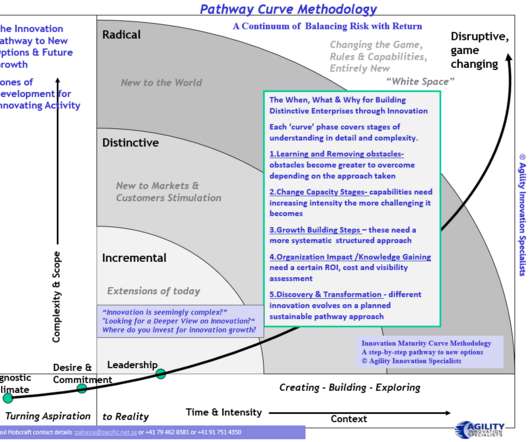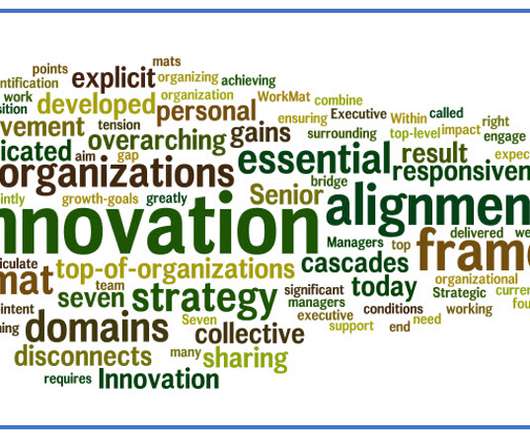8 Types of Innovation in Business: A Comprehensive Guide
Qmarkets
MARCH 27, 2024
In this guide, we’re unpacking eight critical types of innovation that businesses leverage to carve out their niches, disrupt markets, and write their success stories. Radical innovation is about making significant leaps forward, often creating new industries or reshaping existing ones.








































Let's personalize your content